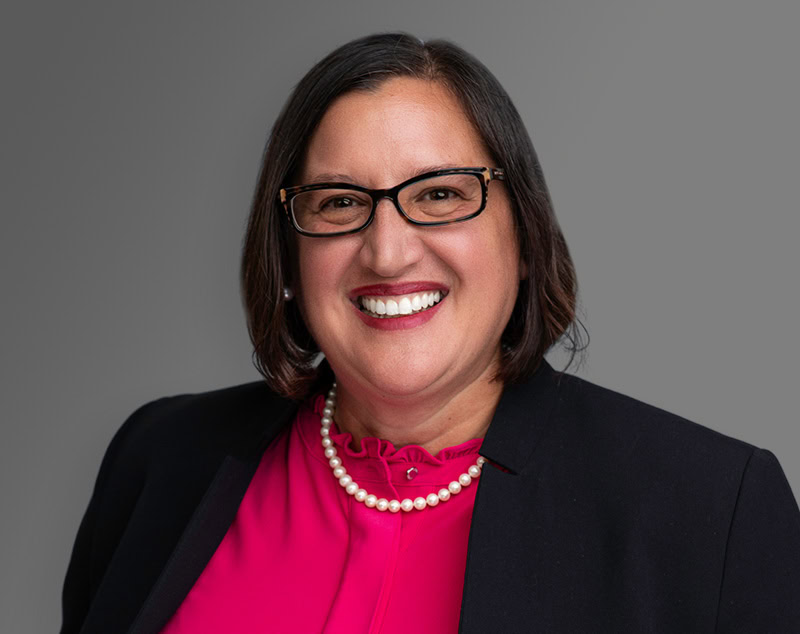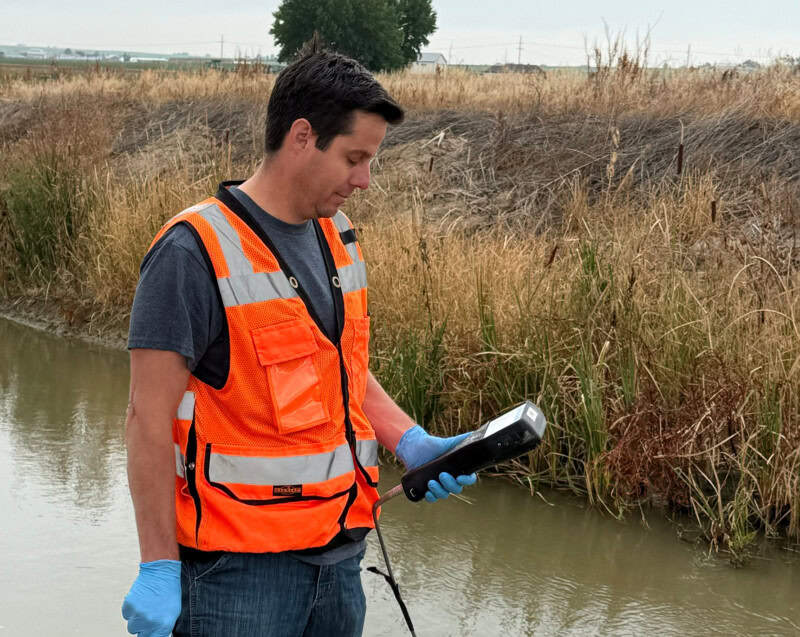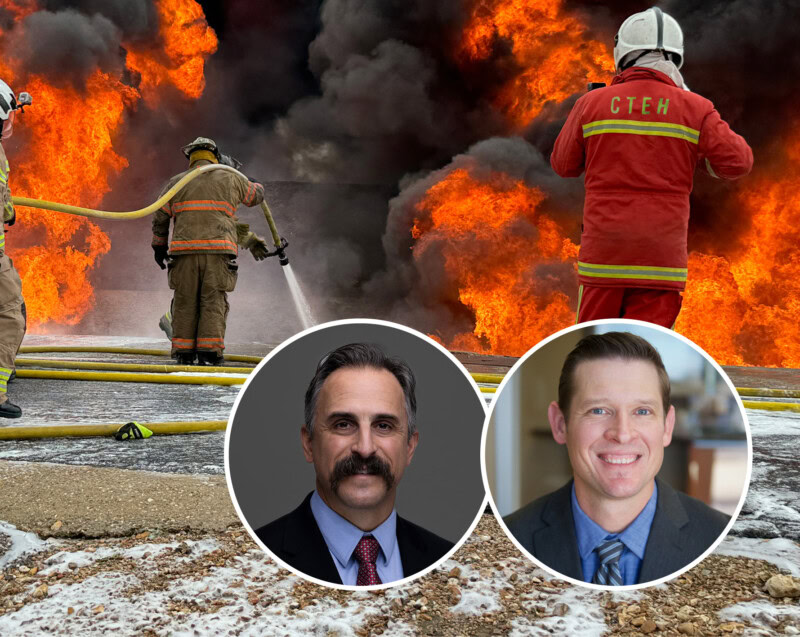With extreme weather on the rise, we’ve seen more natural disasters, such as devastating hurricanes and floods. At the same time, we’ve witnessed the ripple effect of climate-related issues within our communities, from dwindling food sources to inadequate housing. Tackling these challenges requires innovative solutions, nimbleness, and crisis-tested experience.
That’s where our Climate Resiliency and Disaster Recovery team comes in. We are helping our partners and stakeholders navigate, prepare for, respond to, and recover from climate-related incidents and their impact. One of the experts leading the charge is Christa López, PhD, CEM. Find out more about our new senior advisor in the Q&A below:
How will you support the Climate Resiliency and Disaster Recovery team’s efforts?
CTEH understands that climate-related issues are compounding, often intersecting with disaster response and public health. Consider an at-risk fishing community as an example. These residents generally obtain most of their food from the ocean or bay. When those resources are no longer available, they shop at the grocery store, drastically changing their diet. This can create potential health issues and the need for additional public support services. With in-house epidemiologists, toxicologists, and seasoned emergency responders, we are uniquely positioned to approach these challenges from every angle. As senior advisor, I will engage and strategize with partners and stakeholders, so they are well-versed and equipped to respond to complex issues as they arise.
Throughout your career, you’ve overseen high-profile disaster recovery programs. Tell us more about this work.
I’ve long been involved in disaster and emergency response. Early in my career, I worked in higher education at the University of Texas at Austin as director of student emergency services. I also assisted local first responder organizations with search and rescue and served as a volunteer firefighter. After I received an additional master’s in emergency management, I became a state and federal planner. Shortly after taking the job with the Texas Division of Emergency Management, the state experienced a catastrophic flood, and I helped direct the recovery process. It was the first of many federally declared disasters I managed. When Hurricane Harvey hit in 2017, I was tasked with spearheading the oversight of individual disaster assistance and FEMA’s Direct Temporary Housing Mission. I was soon recruited to the Texas General Land Office, where I was promoted to chief of staff and head of operations. While there, I gained invaluable experience, including overseeing the FEMA housing program and, later, U.S. Department of Housing and Urban Development operations.
How do your previous experiences lend themselves to your current role?
It’s in my nature to be flexible, and my professional and volunteer experiences have only reaffirmed this inclination. As a first responder for more than 15 years, I was called to serve at a moment’s notice. Each incident presented new and different challenges, and I had to be prepared and willing to pivot. Most importantly, I had to be committed to learning and growing. I often think back to the saying, “There is only one way to eat an elephant: a bite at a time.” Climate-driven events and the prospect of future effects can feel daunting and insurmountable. I hope to use my expertise to help partners and stakeholders feel more confident, prepared, and capable of successfully confronting these issues.
How does your guiding motto of “being of service to others” impact your approach with clients and projects?
Behind every natural disaster or crisis event is an individual or community struggling to recover. I know because I’ve walked alongside them during incidents. I’ve given them hugs, and I’ve listened to their stories. I remember these people and their experiences on every project I undertake. I understand the importance of strong data and keeping our purpose—helping safeguard people, communities, and the environment—top of mind.
During natural disasters and other crises, responses must be coordinated and well-executed. What do you believe sets CTEH apart from others within the industry?
Before joining CTEH, I saw how its team seamlessly balances strategic thinking with adaptiveness. During Hurricane Harvey, I worked alongside them to implement a federal housing program, the first led by the state of Texas instead of FEMA. We had to be agile, constantly retooling our tactics and data management systems. The team never batted an eye. CTEH has always been at the forefront of innovation, deploying new solutions to meet partners’ and stakeholders’ needs. Climate Resiliency and Disaster Recovery will be no different.
Welcome, Dr. López! We are excited to add her to our growing Climate Resiliency and Disaster Recovery team. To connect with Dr. López or find out more about her background, connect with her on LinkedIn.




